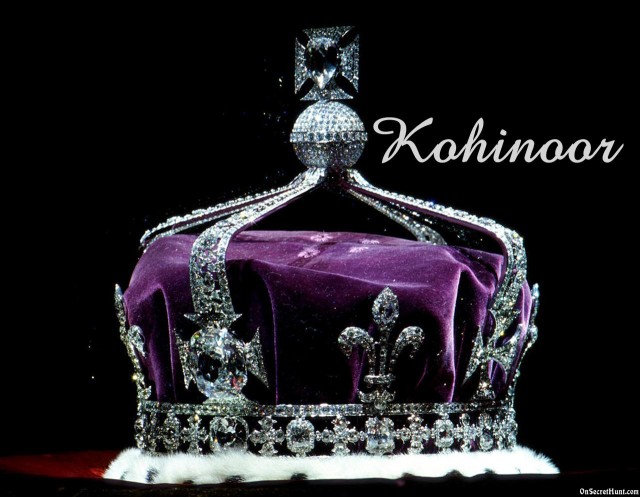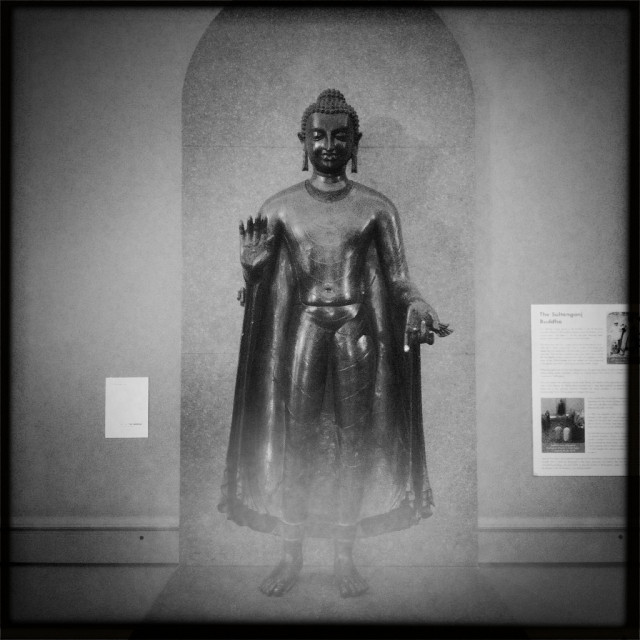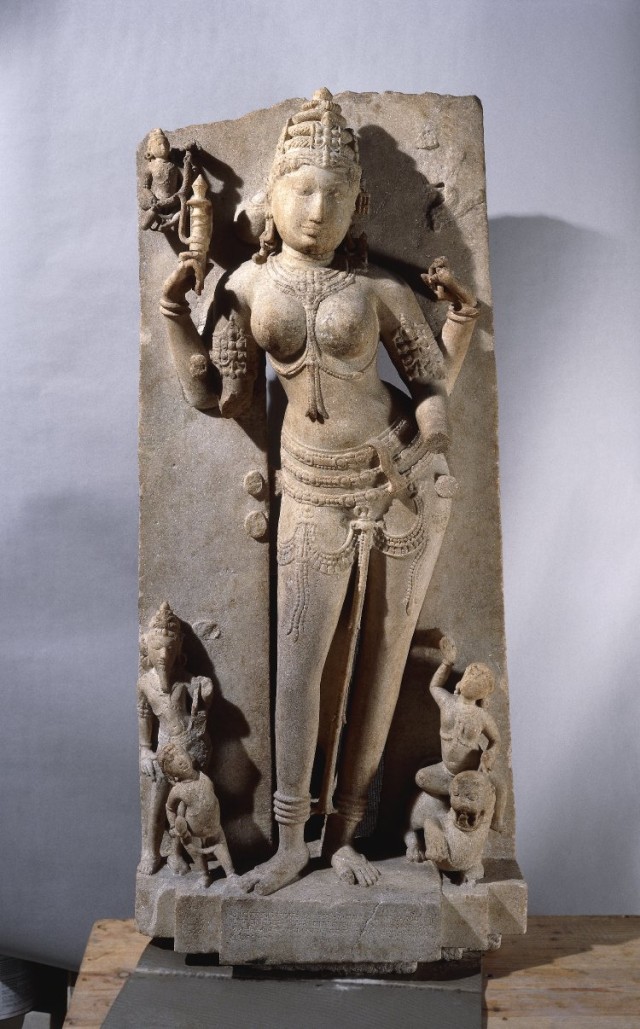What’s in a name, when it is the Kohinoor in question?
Clearly, a long-drawn struggle over the possession of a 106-carat-diamond is bound to create ripples in present times as well.
ABOUT THE KOHINOOR – WHY IS IT SO IMPORTANT?
The Kohinoor was apparently mined in India during the rule by the then Kakatiya Dynasty, was passed down from a Mughal ruler to a Persian ruler after a successful conquest by the latter over the region, because of which it travelled to Iran but returned to India soon afterwards. The stone was circulated within the country’s boundaries till the time it was handed over to the Queen in 1850, and it remains there still, only to harbour passionate debates over its rightful possession all over again.
It stands to be noted that the stone is a crucial part of the country’s legacy. Losing the Kohinoor would mean losing a significant part of India’s (and Pakistan’s) history. Considering how the colonial rule had already resulted in a dangerous setback to a glorious past, some measures ought to be taken now to undo a bit of the harm that was caused as part of forced governance back then.
RECENT DEBATE
Needless to say, UK Lawmaker Keith Vaz’s demand for the diamond to be given back to India speaks volumes about the unfair ownership being shown by Britain. Colonialism has come to an end, which should also ensure a swift and definite break to all the associations and symbols of colonial strength. In the face of this, refusing a peaceful return of the Kohinoor would only mean a possible desperation of Britain to hold on to its *dying* charm.
Interestingly, the Kohinoor is not the only artefact that is being kept by away from India. Three of those include.
- Sultangang Buddha
Stolen in the year 1864, and is currently the centrepiece of a Birmingham Museum and Art Gallery.
- Amravati Railings
Stolen sometime in late 19th century. Most of the sculptures from Amravati Stupa (in Andhra Pradesh) were carted off to different sites and museums, never to be returned again.
- Saraswati Idol from Bhoj Temple
Stolen in 1886, the marble statue depicted the Hindu and Jain goddess of knowledge, music and learning.
Britain can no longer pride itself on possessing historically significant objects that have been borrowed (read: stolen) from other nations.
Indeed, monetary reparations will be time consuming, but the initiative ought to start with the British authorities returning the artefacts and jewels in question to its rightful owner, don’t you think?





































